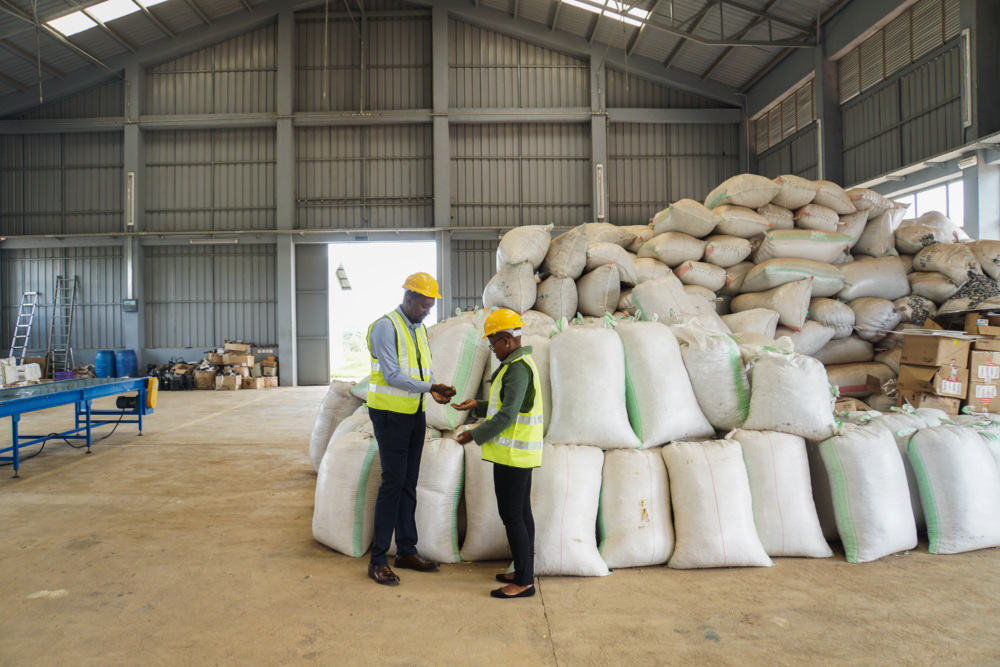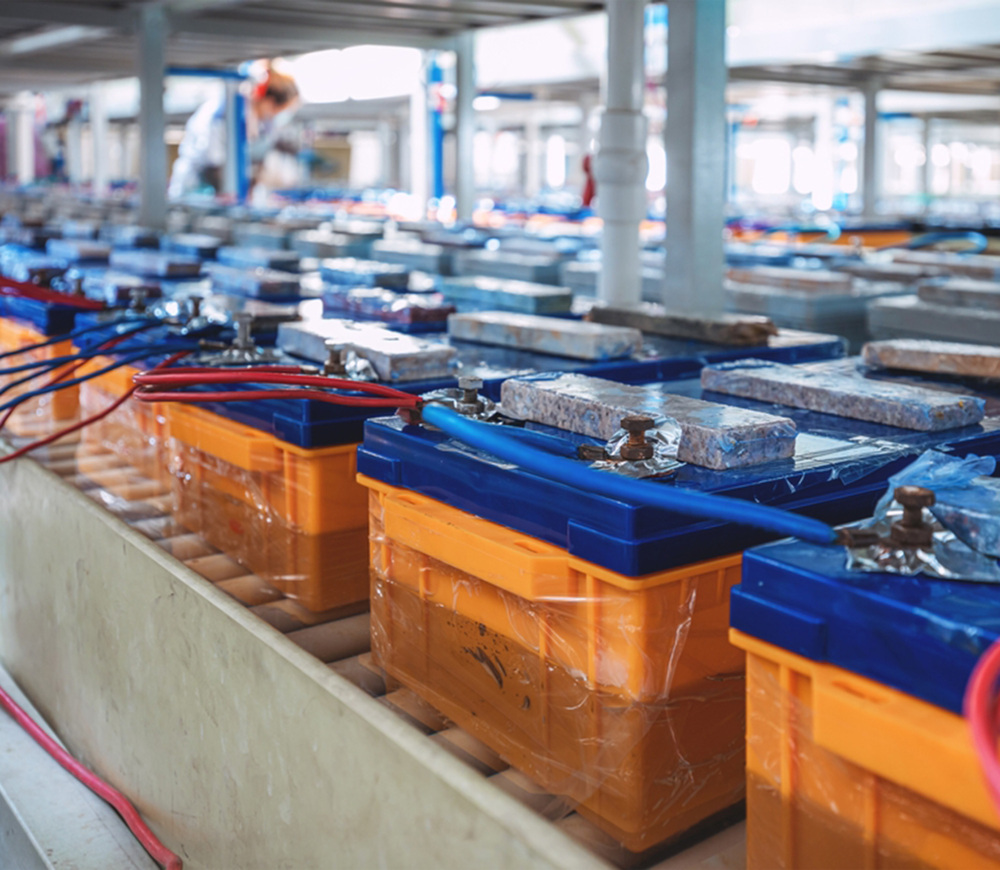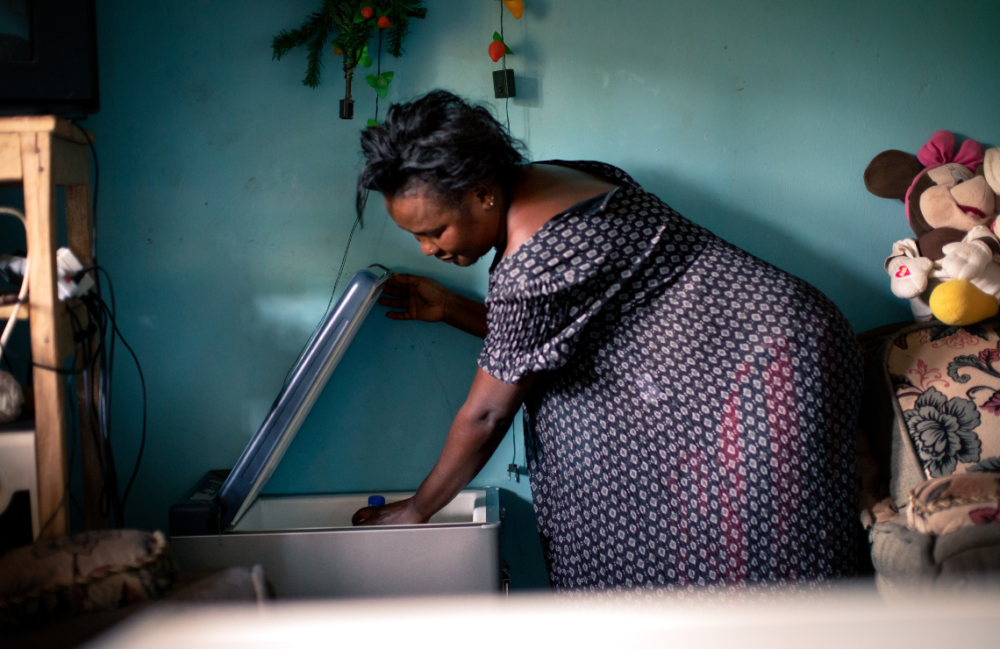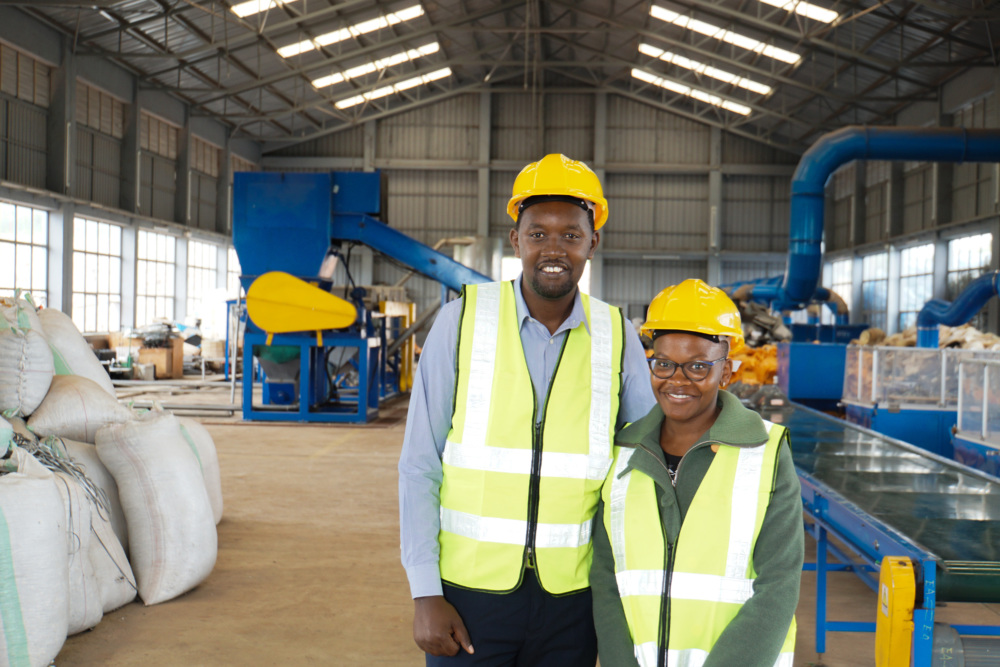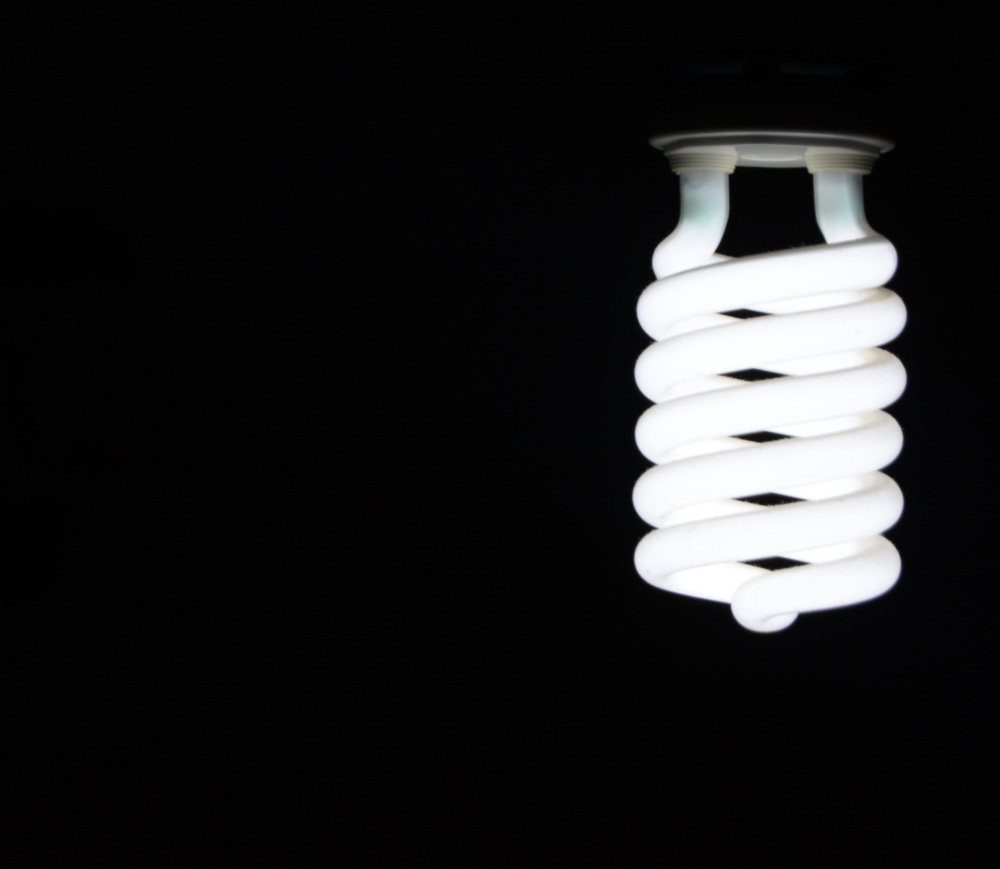European Union Explores Circular Economy Legislation
The European Commission adopted an ambitious Circular Economy Policy Package in 2015 – a legislative system that applies nature’s intrinsic “circle of life” concept to consumer products and appliances to promote and advance more resource-efficient, sustainable product policies.
The approach takes into account the economic realities of markets while putting the planet’s finite resources at the forefront.
The European Commission adopted an ambitious Circular Economy Policy Package in 2015 – a legislative system that applies nature’s intrinsic “circle of life” concept to consumer products and appliances to promote and advance more resource-efficient, sustainable product policies.
This new legislation intends to create jobs, stimulate innovation, reduce waste, and establish new markets. In contrast to the traditional linear economy’s “take, make, use, dispose” model, a circular economy seeks to maximize all resources and energy in the product lifecycle. Products are designed not only to be energy-efficient and durable but also for disassembly, renewal, and re-entry—in a similar way to how recycling operates.
Circular economy principles pair naturally with the EU’s objectives on climate and energy, including the Commission’s 2016-adopted package on “Clean Energy for all Europeans,” which prioritizes energy efficiency in its climate mitigation efforts.
The Commission’s 2017 report on the delivery and progress of its Circular Economy 2015 Action Plan detailed progress thus far and a promising future:
The transition towards a more circular economy brings great opportunities for Europe and its citizens. It is an important part of our efforts to modernise and transform the European economy, shifting it towards a more sustainable direction. There is a strong business case behind it which enables companies to make substantial economic gains and become more competitive. It delivers important energy savings and environmental benefits.
To support the Commission’s gradual integration of circular economy principles into the EU legislative framework, CLASP undertook a foundational analysis in 2016 to provide first-order estimates of the CO₂ emissions reduction potential from applying Circular Economy principles to appliance and equipment energy efficiency policies.
Near-ubiquitous products like cell phones have obsolescence built into their design. Of the 141 million smartphones thrown out by US consumers in 2010, 89% ended up in landfills. Integrating more reusable parts, sustainable practices, and advanced design into the sourcing, making, and planning of these products could significantly reduce waste and lower cost, creating jobs in the process. Keeping a smart phone in use for an additional year (based on the premise of the ability to repair rather than replace) cuts its CO₂ impact by 31 percent.
For our analysis, CLASP divided 30 product groups into five major categories – white goods, lighting, electronics, motors and motor systems, and heating and cooling products—examining how applying circular economy principles can improve recyclability, extend service life, and enhance refurbishment ability. Our research found that consumer electronics—cell phones, computers, tablets, TVs—offer the highest potential for reducing carbon emissions. This finding is substantiated in similar exploratory research and studies.
Perceived delays in implementation threaten goodwill around the circular economy legislative package – for example, a recent investigation by a number of environmental NGOs claims that certain countries are sabotaging the transition. Simultaneously, some private companies have already started voluntarily adopting circular economy components. For example, global cosmetics conglomerate L’Oreal this year announced its incorporation of new circular economy business practices through a working partnership with waste and water management company SUEZ. In May, L’Oreal received “cradle to cradle” accreditation based on its manufacturing process for two of its haircare products. The cradle to cradle certification tests products on factors such as materials used, amount of water used in production, energy intensity, and carbon impact.
Read the report here.

